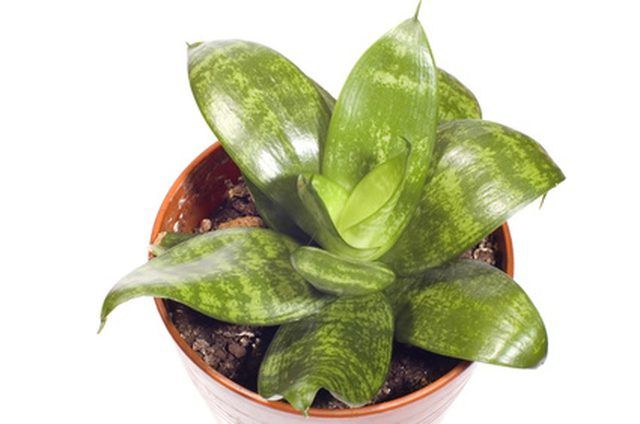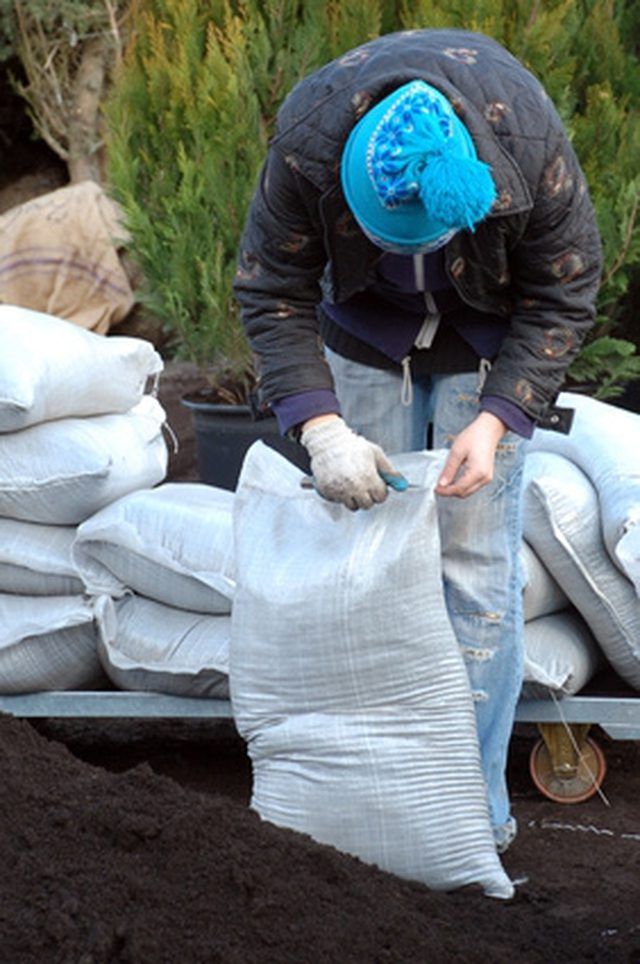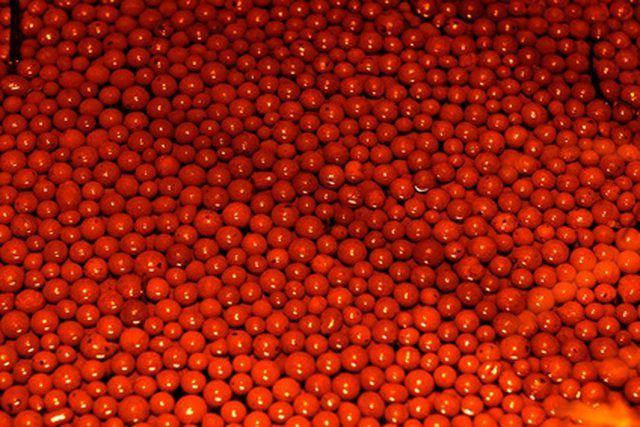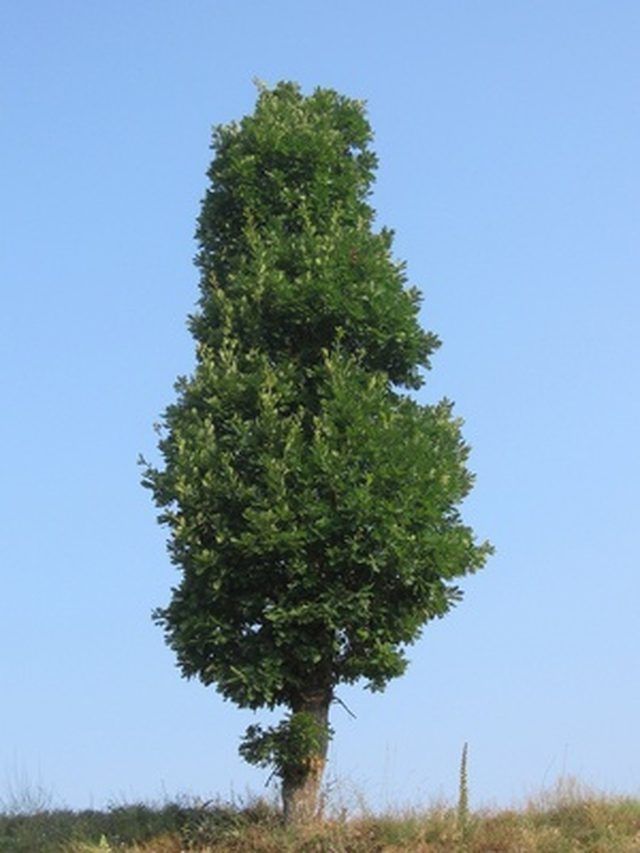Bulbs
Flower Basics
Flower Beds & Specialty Gardens
Flower Garden
Garden Furniture
Garden Gnomes
Garden Seeds
Garden Sheds
Garden Statues
Garden Tools & Supplies
Gardening Basics
Green & Organic
Groundcovers & Vines
Growing Annuals
Growing Basil
Growing Beans
Growing Berries
Growing Blueberries
Growing Cactus
Growing Corn
Growing Cotton
Growing Edibles
Growing Flowers
Growing Garlic
Growing Grapes
Growing Grass
Growing Herbs
Growing Jasmine
Growing Mint
Growing Mushrooms
Orchids
Growing Peanuts
Growing Perennials
Growing Plants
Growing Rosemary
Growing Roses
Growing Strawberries
Growing Sunflowers
Growing Thyme
Growing Tomatoes
Growing Tulips
Growing Vegetables
Herb Basics
Herb Garden
Indoor Growing
Landscaping Basics
Landscaping Patios
Landscaping Plants
Landscaping Shrubs
Landscaping Trees
Landscaping Walks & Pathways
Lawn Basics
Lawn Maintenance
Lawn Mowers
Lawn Ornaments
Lawn Planting
Lawn Tools
Outdoor Growing
Overall Landscape Planning
Pests, Weeds & Problems
Plant Basics
Rock Garden
Rose Garden
Shrubs
Soil
Specialty Gardens
Trees
Vegetable Garden
Yard Maintenance
How Do Acids & Bases Affect Green Plants?
How Do Acids & Bases Affect Green Plants?. The effects of acids and bases (akalines) on green plants vary. Depending on their concentrations, they can either damage or improve plant health. The effect of acid on plants become most evident in the 1980s as people saw the tops of trees being killed by acid rain. However, acids and bases have been used...

The effects of acids and bases (akalines) on green plants vary. Depending on their concentrations, they can either damage or improve plant health. The effect of acid on plants become most evident in the 1980s as people saw the tops of trees being killed by acid rain. However, acids and bases have been used for centuries as part of the fertilizers used to give plants nutrients they need to thrive.
Acid Rain
Acid rain is primarily the result of emissions sulfur dioxide (SO2) and nitrogen oxides (NOx) because of coal and gas combustion. In the 1980s, prior to controls implemented by the EPA, leaves of higher elevation trees in the US and elsewhere were being eaten, weakening the tree from the top down.
Proper Acid Levels Help Plants Grow
A proper pH level (a measure of the alkalinity or acidity of a solution), ensures plant health. With imbalanced pH levels, plants can wither, refuse to grow or become sick. In one test, plants in soil with lower pH levels (acidic) tended to result in burnt leaves and lacked sturdy stems. Plants in higher pH growth medium tended to have splotchy leaves, produced deformed fruit and died.
Acids and Bases in Soils and Growth Mediums
Depending on where you live, your soil already contains certain amounts of acids or bases. This can determine what types of plants grown in an area and what plants are suitable to be grown. Similarly, prepared growth mediums for plants can be designed for certain plants.

Acids and Bases in Fertilizers
Fertilizers actually are rated by their acidity or basicity; the acid being used is nitric acid. According to University of Massachusetts Amherst, fertilizer rated 15-16-17 means 215 pounds of calcitic limestone is required to neutralize the acidic effect ton of 15-16-17 fertilizer. A fertilizer rated 15-0-15 would raise the pH of the soil or growth medium by 420 pounds.

Acid- and Base-Loving Plants
Most plants live well with pH levels between 6.0 and 7.0. Many crops prefer soils that are slightly more base (higher pH), while evergreens, Azaleas, Blueberries and Rhododendrons thrive in soil that is more acidic.
